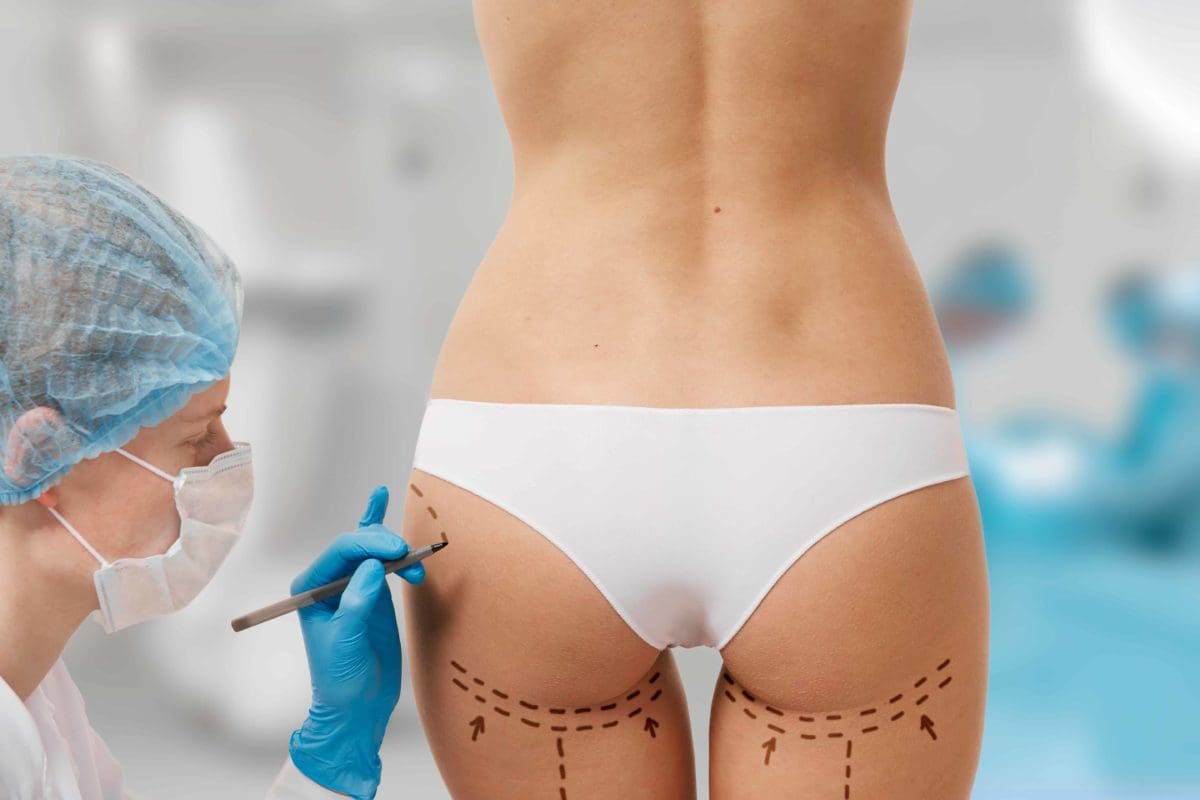
The first few months after a buttock lift are critical for long-term outcomes. During this time, tissue healing establishes the shape and contour of the results. If recovery is disrupted by sudden movements, weight changes, or poor care, the improvements may fade more quickly. Swelling subsides gradually, allowing the true lift to emerge. Surgeons typically recommend avoiding high-impact activity during this early stage. Smoking, for instance, can impair oxygen flow and delay tissue recovery. Similarly, poor nutrition may lead to weakened connective structures that won’t hold shape. Patients who follow post-operative instructions closely tend to see more durable and aesthetically pleasing results over time.
Results typically stabilize within six months, though subtle changes may continue
While you’ll notice a lifted appearance early, the full result becomes clear over time. The body takes several months to fully adjust to surgical reshaping. During this phase, small changes may still occur, especially as residual swelling disappears. Skin elasticity also plays a role in how well the tissue settles. Those with firmer, more elastic skin tend to retain lift longer. Scars begin to fade gradually, and final results are generally assessed around the six-month mark. However, continued care is necessary well after this point to maintain that appearance. Ignoring muscle tone or fluctuating weight can shift results even after stabilization.
Fat retention varies depending on technique and individual physiology
If the lift includes fat transfer, not all of the injected fat cells survive. Surgeons usually account for this by transferring slightly more than needed. Over time, a percentage of the fat is naturally absorbed by the body. What remains integrates into the surrounding tissue. The rate of fat retention differs for every person. Some bodies adapt well, keeping most of the volume, while others reabsorb more. Proper compression garments and avoiding pressure on the area improve retention rates. Fat cells are sensitive to trauma, especially within the first three to six weeks. Sitting for extended periods without support may reduce the quality or symmetry of results.
Weight fluctuations can distort the newly shaped contours over time
The most common reason for changing buttock lift results is body weight instability. Significant weight gain can stretch the skin and cause sagging. This counteracts the lifting effect and alters overall proportion. On the other hand, sudden weight loss may deflate the shape. Since fat cells in the gluteal area respond to caloric changes, staying near your post-surgery weight is essential. Weight cycling—losing and gaining repeatedly—stresses the skin and reduces elasticity. Over time, this leads to drooping or irregular volume distribution. Regular exercise and nutritional discipline offer the most reliable defense against weight-driven distortion. Small changes are manageable, but large shifts almost always show visibly.
Muscle engagement helps support volume and keep shape aligned with surgical goals
Muscles underneath the gluteal tissue can influence shape dramatically. Toned glutes help uphold the lift and create a firmer appearance. Post-surgery, it’s essential to transition into a strength-focused training program once cleared. This typically includes exercises like lunges, hip thrusts, and step-ups. These maintain volume and reinforce the structural lift. Without active engagement, muscles may weaken, causing a subtle drop in firmness. It’s not about building bulk but retaining supportive strength. Form and frequency matter more than intensity. As strength improves, weight can be added carefully to preserve symmetry. When muscle and surgical contours work together, results appear more natural and last longer.
Skin quality contributes to how long the lifted contour remains visible
Even with proper fat retention and muscle training, skin behavior shapes the final outcome. Skin loses elasticity over time due to aging, sun exposure, and lifestyle. If the skin starts to loosen, it may drape differently over the same muscle and fat base. This results in visible sagging even if the underlying tissue remains stable. Hydration, regular moisturizing, and sun protection play small but vital roles here. Patients with good skin elasticity tend to maintain visible lift for a longer period. In contrast, those with thinner or sun-damaged skin may see earlier signs of descent. Collagen supplements or skin treatments might help slow this progression, though individual response varies.
Smoking and alcohol use reduce circulation and degrade long-term tissue support
Lifestyle choices directly impact the durability of a buttock lift. Smoking restricts blood vessels, lowering oxygen levels in healing tissue. This not only delays recovery but also weakens support structures long term. Alcohol affects hydration and hormone regulation, which influence fat stability and skin behavior. Frequent use contributes to premature aging and sagging. Patients who reduce or eliminate these habits generally retain better results. Even months after surgery, circulation quality matters. It impacts skin texture, fat survival, and muscle responsiveness. Cutting back helps preserve both appearance and overall health. These factors may seem small individually but compound over time to determine how long results last.
High-impact activities may stretch connective tissue if resumed too quickly
Returning to activity too soon can disrupt the surgical area. While walking is encouraged early, high-intensity training should be paused. Jumping, sprinting, and heavy lifting create sharp contractions and shearing forces. These can pull on the healing gluteal region and reduce surgical effectiveness. Even months later, overexertion without proper support might lead to tissue stretching. Supportive clothing, gradual intensity progression, and attention to soreness help reduce this risk. Athletes often need longer modification periods. A strong return plan designed with professional input prevents setbacks. With care, full activity is possible—but rushing back often compromises shape longevity.
Aging eventually reduces firmness, even when results are well-maintained
No procedure stops natural aging. Over time, skin thins, collagen breaks down, and muscle mass decreases. These changes influence how the buttocks appear even if the lift was successful. That doesn’t mean results disappear—it means they may soften gradually. The rate varies widely by genetics, lifestyle, and hormonal changes. For some, visible change appears after five years; others maintain shape longer. Minor adjustments, such as non-surgical treatments or fat grafting, may be considered in the future. However, they’re not always necessary. What matters most is understanding that aging modifies the result, not necessarily erases it. Managing expectations helps with satisfaction as the body evolves.
Surgical revision is uncommon but remains an option if changes become significant
While most patients don’t require follow-up surgery, some choose minor revisions. These may correct asymmetry, volume loss, or tissue descent. It’s important not to rush into a second procedure. The body continues healing and shifting well beyond the first year. If dissatisfaction persists after this period, consultation with the original surgeon is recommended. Any revision should be based on stable, long-term observations. Scar tissue, fat behavior, and skin movement all need assessment before re-operating. A skilled provider evaluates whether surgery or non-invasive solutions are more appropriate. Maintenance, not repetition, is the more common path for most patients.
